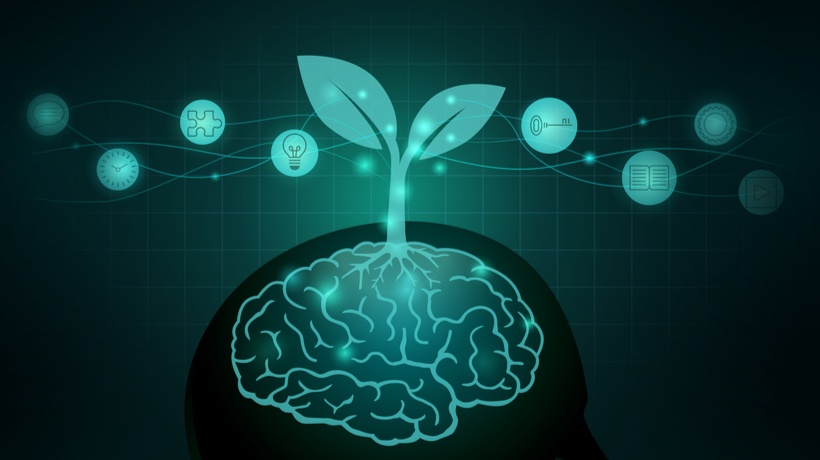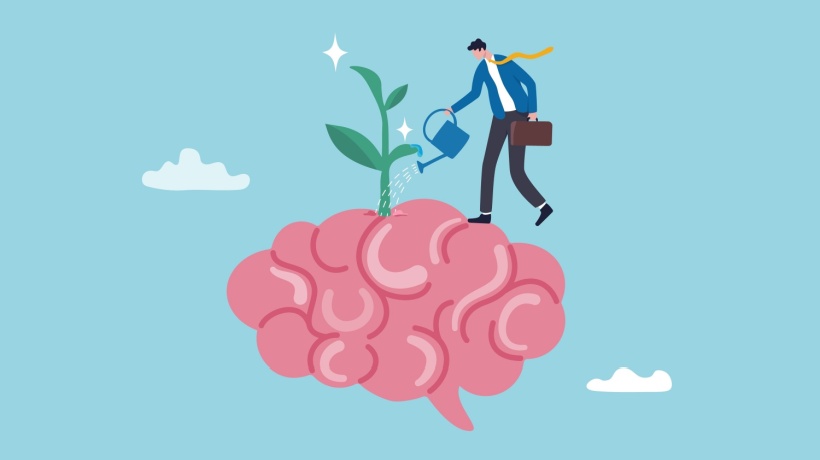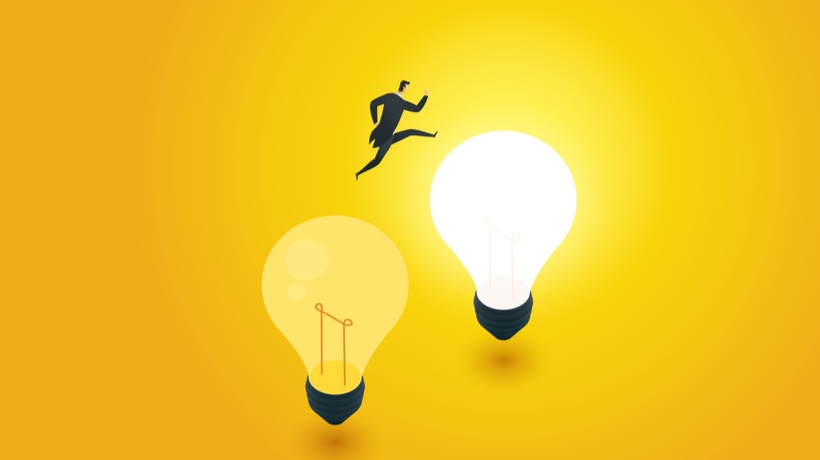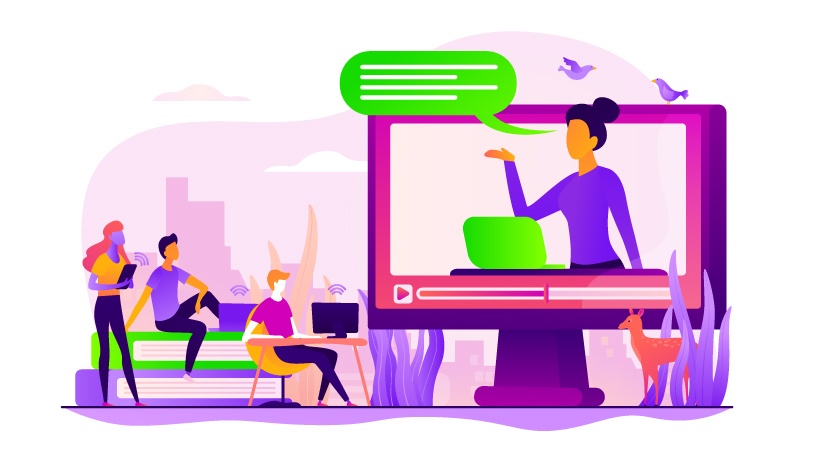Connect Learning To Performance To Up Engagement
As eLearning experiences continue to scale as the de facto modality for learners in a remote world, it's increasingly important for designers and developers to craft content that's engaging, applicable, and empathetic to the needs of learners. Time is a very limited resource, and our job is to convince employees and leaders that learning is worth the investment.
As it stands, it's simply too easy for learners to disengage with online learning by multitasking, button-smashing through content, or disregarding opportunities altogether. In these all-too-common scenarios, even if the completion rates are high, the amount of actual learning transfer may still be low—in which case, what's the point? Moreover, research shows that once we think we’re good enough at our jobs (usually after just a few years in a profession), we stop trying to learn and instead focus solely on our daily work.
So what happens then? Learning is relegated exclusively to onboarding, inefficiently developing skills employees should already have, or even worse...compliance trainings. In the modern workplace, employees expect their jobs to be development opportunities [1]. We rightfully want learning experiences to be valuable to our career development and growth: an investment everyone is willing to make. As designers and developers, we're obligated to understand the role of learning mindsets in keeping learners engaged and help drive development forward using our experiences. This is not the stereotypical "learner types" or techniques or skills; it's how people actually feel about learning.
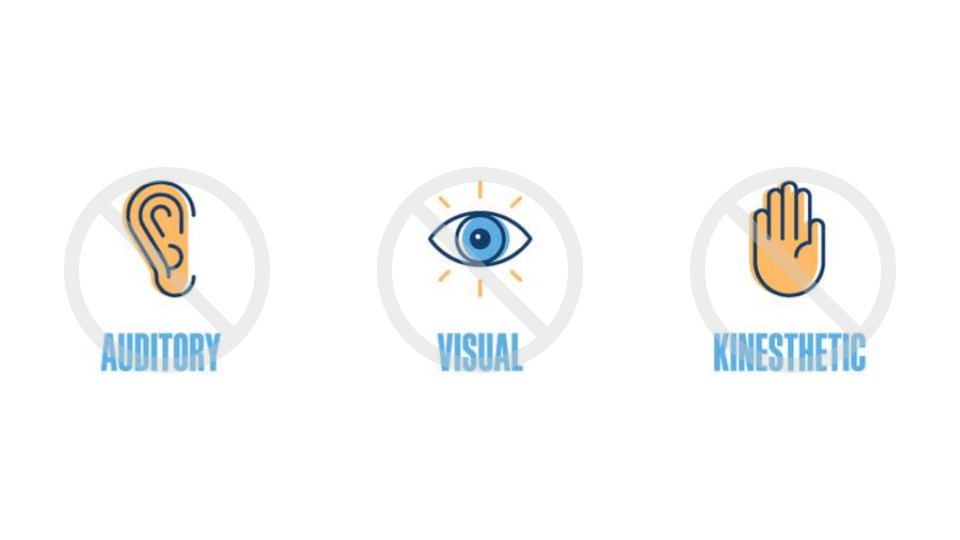
Learning mindsets can be powerful determinants of:
- How individuals approach learning situations
Is it an opportunity or wasted time? - How they act as learners in the midst of learning situations
Are they engaged and asking questions? - What they ultimately take away from a learning situation
Are there actionable next steps for learners?
By leveraging employees' desire to grow in their careers, we can induce powerful learning mindsets that shift the focus from performance to learning (to ultimately benefit their own future development and growth, in turn helping the business achieve its goals).
Learning Zone And Performance Zone
But the problem is that, as described by Eduardo Briceño, adults tend to spend almost all of their time focused on performing their jobs, which ironically hinders growth and performance in the long term. Instead of working exclusively in what he calls the "performance zone", we need to shift focus into the "learning zone" in order to activate growth mindsets.
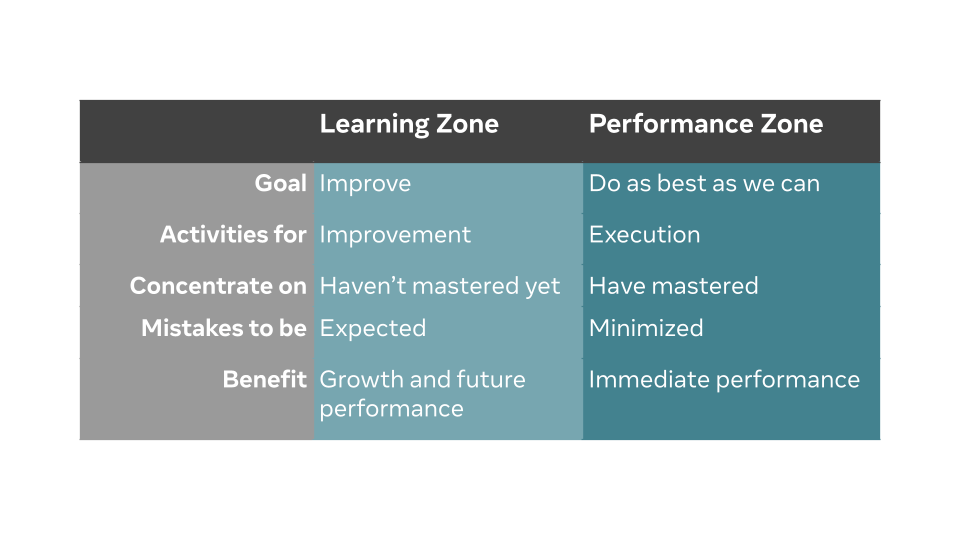
"The most effective people and teams in any domain go through life deliberately alternating between the Learning Zone and the Performance Zone". -Eduardo Briceño
So how do you balance time between these two zones when time is the one resource lost every day?
Build An Impact-Driven Culture Of Learning
In most organizations, learners have limited (if any) time to learn. We can activate the "learning zone" with mindset cues. Even just explicitly calling out that we're in the "learning zone" at the start of an experience will induce learning mindsets, but the experience itself has to involve these three things:
- Highly applicable to the audience
There must be a purpose they care about, connected back to their daily work, growth, and development. Instead of learning objectives, try using applicability statements to ensure that everyone knows the purpose and how/why it matters to them. - Learners have opportunities to learn in low-stakes situations
Just like athletes on sports teams, we all need practice to improve. With low stakes and the psychological safety to make mistakes and get feedback, we can take risks, experiment, and improve, leading to stronger growth and performance. - Learners have an idea about how to improve
We have to be clear about actionable next steps and provide time and space for practice with feedback.
By merging business goals with employee needs, we can benefit both the organization and the individual holistically to achieve positive outcomes, retain talent, and grow leaders over time.
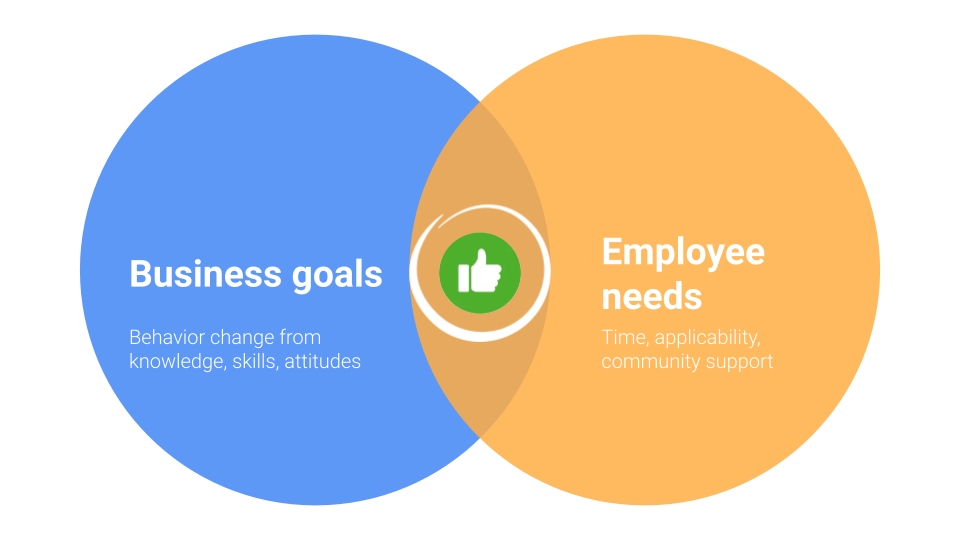
Learning And Performing Tips And Tricks
Because most employees are used to spending their time always performing, it can be challenging to ask for dedicated time to learn. One way is to shift subtly between the two zones.
- Create low-stakes “islands”
Encourage employees to find a mentor or colleague to exchange ideas with and ask for feedback. Dedicate set time to learn through courses, podcasts, reading, etc. - Execute in the performance zone
Then provide reflection and observation time to use as a "learning zone" (What could I have done better?). - Lower the stakes
Start conversations about improvement, share your mistakes, ask for feedback, and lead the "learning zone" for your team.
Learning and performance are inherently linked together; after all, you can't execute something without first learning how to do it. Designers and developers are tasked with proving this link between learning and performance, and the best way to do so is to first ensure learners have the right mindset to trigger learning transfer.
Closing
As L&D professionals, it’s our responsibility to maximize the potential of learners (by explicitly capitalizing on their growth mindsets) to not only retain top talent but also ensure they continuously benefit the organization and themselves. To avoid the performance plateau and, in turn, the costs associated with talent wars, organizations must focus on learning mindsets. By getting back to the basics, where employees have psychological safety, time and space to experiment, seek feedback, practice, and improve, the organization and the individuals are able to take new risks to innovate and grow.
